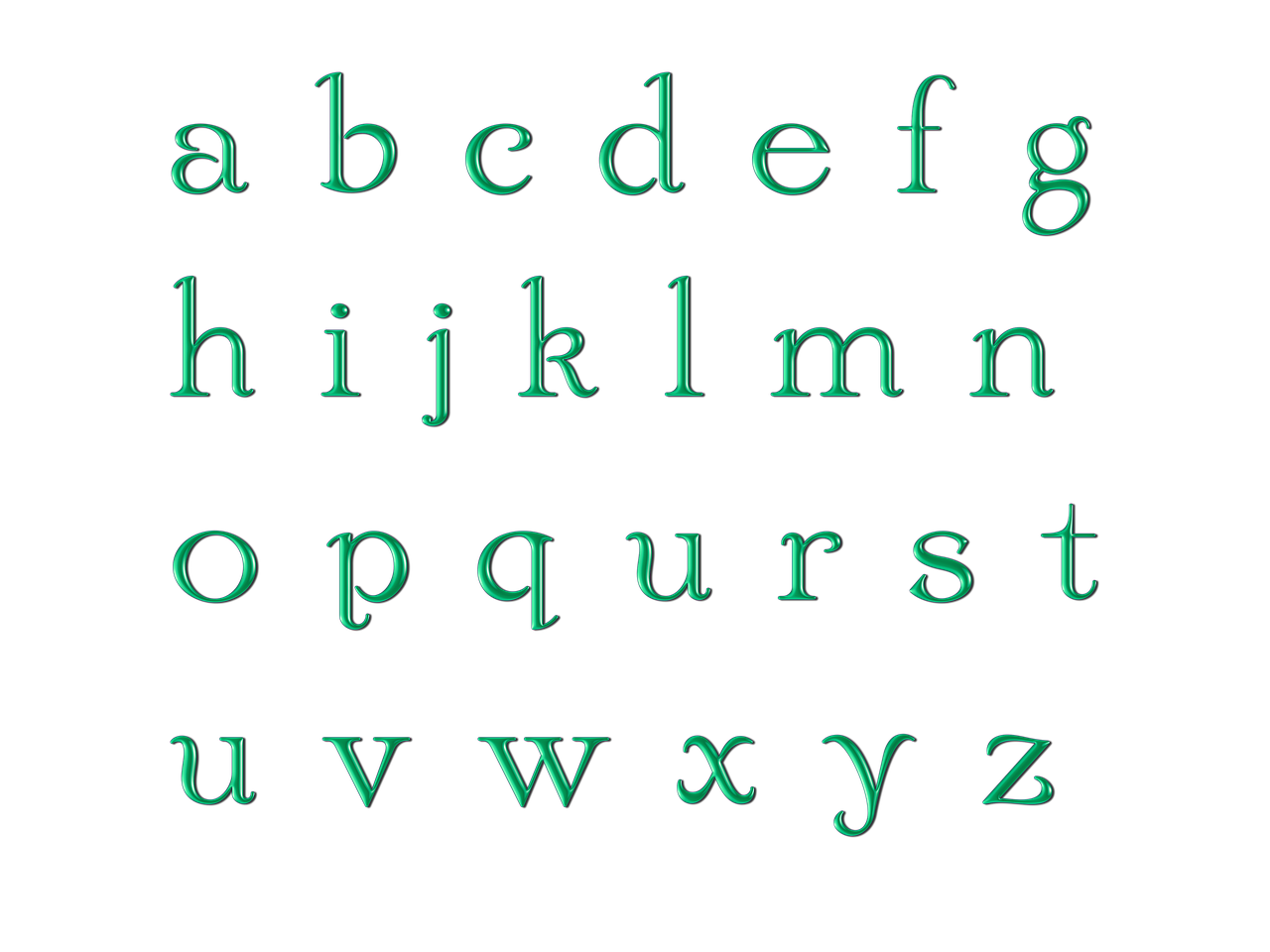
Times New Roman stands as one of the most iconic and enduring typefaces in the world of typography. Its origins trace back to the early 20th century, and since then, it has become synonymous with formal and academic text. This typeface, known for its timeless design, has been used in newspapers, books, official documents, and countless other forms of print. To understand the significance of Times New Roman, it’s essential to explore its history, the principles behind its design, and how it has evolved over time.
Continue reading Times New Roman: The Typeface That Defined Tradition – Is It Still Relevant Today?



